Between old advice passed down through families, outdated news headlines, and overly optimistic expectations, many Canadians end up making decisions based on myths rather than facts. These misconceptions can delay retirement, shrink savings, or simply add unnecessary stress. Here are 25 Canadian retirement myths that are holding you back.
You Need $1 Million to Retire Comfortably

The idea that only a seven-figure savings account can guarantee a peaceful retirement is misleading. In reality, the amount you need depends on lifestyle choices, location, and expected expenses. For instance, someone in Halifax with modest spending habits may need far less than someone in downtown Toronto with a preference for luxury travel. What matters most is calculating expenses relative to income sources such as CPP, OAS, RRSP withdrawals, and workplace pensions. Many retirees live comfortably with significantly less than $1 million, especially when factoring in government benefits and mortgage-free living. The key is personal budgeting, not arbitrary numbers.
CPP and OAS Will Cover All Your Needs
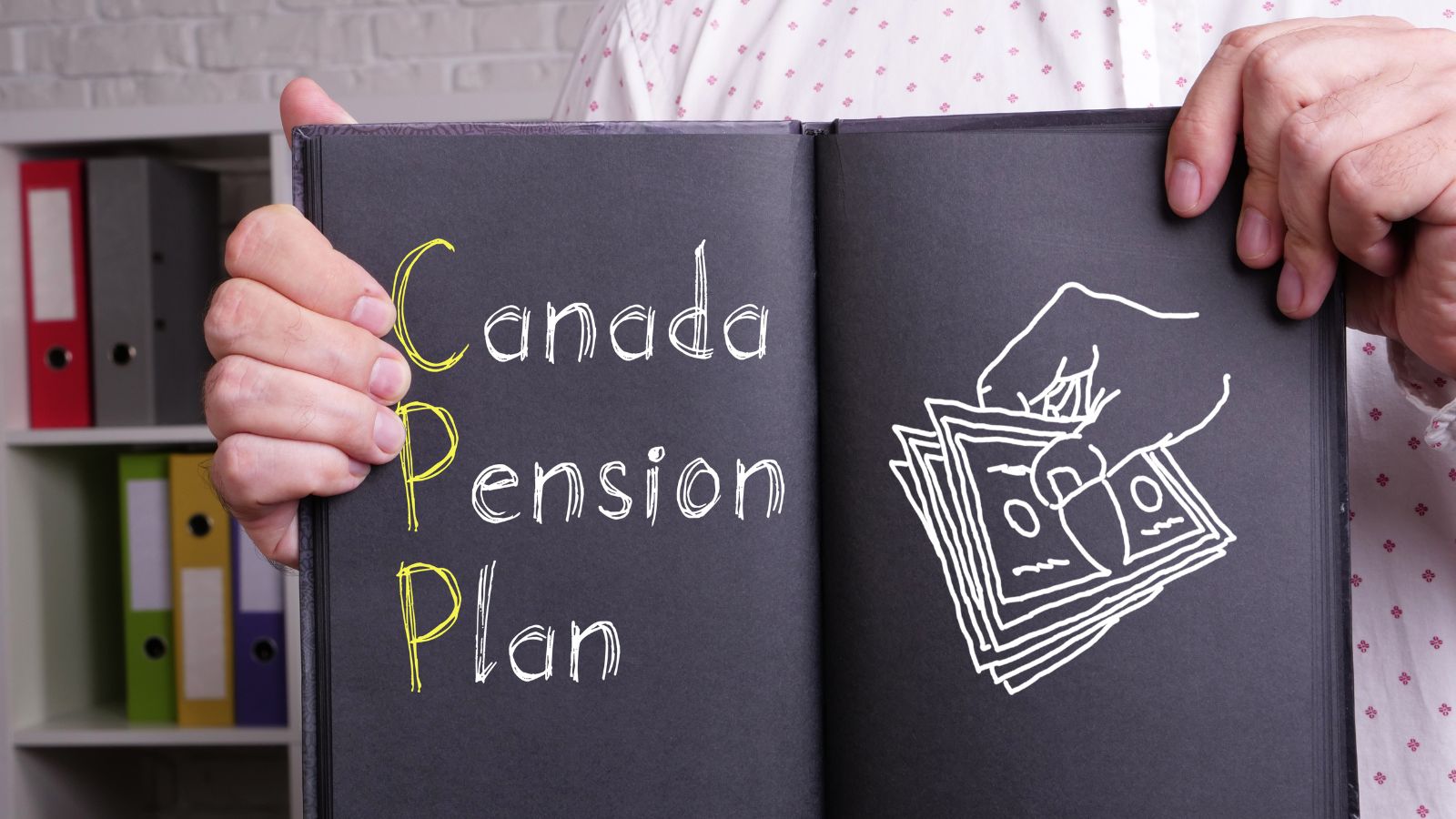
Government benefits like Canada Pension Plan (CPP) and Old Age Security (OAS) provide a foundation, but they were never designed to replace a full income. Combined, these programs typically replace only a fraction of pre-retirement earnings, often less than 40%. Relying solely on them could leave a serious income gap, especially for those with higher living costs. Additional savings vehicles such as RRSPs, TFSAs, and employer pensions help close that gap. Without them, retirees may find themselves forced to downsize, cut back drastically, or keep working longer than expected. Government programs should be treated as supplements, not sole solutions.
You’ll Spend Way Less in Retirement

It’s often assumed retirement means slashed expenses, but the reality is more nuanced. While commuting, work attire, and lunches out may disappear, other costs tend to rise. Many retirees want to travel, renovate their homes, or support family members financially. Health care spending also becomes more significant with age, even in a country with public coverage. In fact, studies show retirees often spend nearly as much in their first decade of retirement as they did during their working years. A realistic plan accounts for these shifts, ensuring savings are not depleted faster than anticipated.
You Can Work as Long as You Want

Many people assume they’ll simply extend their careers if finances fall short, but this belief overlooks unexpected circumstances. Health issues, corporate downsizing, or job market changes can end careers earlier than planned. Statistics reveal that a significant portion of Canadians retire earlier than intended, often due to factors beyond their control. While working longer can boost savings and reduce withdrawal needs, it shouldn’t be the only fallback strategy. It’s better to prepare for early retirement and treat working longer as a bonus, not a guarantee.
Downsizing Will Automatically Save You Money

Selling a large family home and moving into a smaller property sounds like a guaranteed cost-cutter, but it doesn’t always work that way. Real estate transaction fees, land transfer taxes, and moving costs can quickly eat into profits. In competitive urban markets, smaller homes and condos may cost nearly as much as larger properties. Additionally, ongoing condo fees or unexpected renovation costs can offset savings. While downsizing can free up equity, it’s not always a straightforward financial win.
Debt Should Be Completely Gone Before Retirement

Being debt-free is ideal, but assuming you must eliminate every dollar of debt before retiring can be unrealistic and unnecessary. With interest rates varying widely, low-cost debt like a small mortgage may not be as financially damaging as people fear, especially when balanced with strong investments. For example, if a retiree’s portfolio earns higher returns than their mortgage interest, keeping manageable debt could make sense. The real risk comes from high-interest obligations like credit cards. Plus, a strategy that prioritizes eliminating expensive debt while managing cheaper forms can provide flexibility without delaying retirement unnecessarily.
You Should Always Take CPP at 60
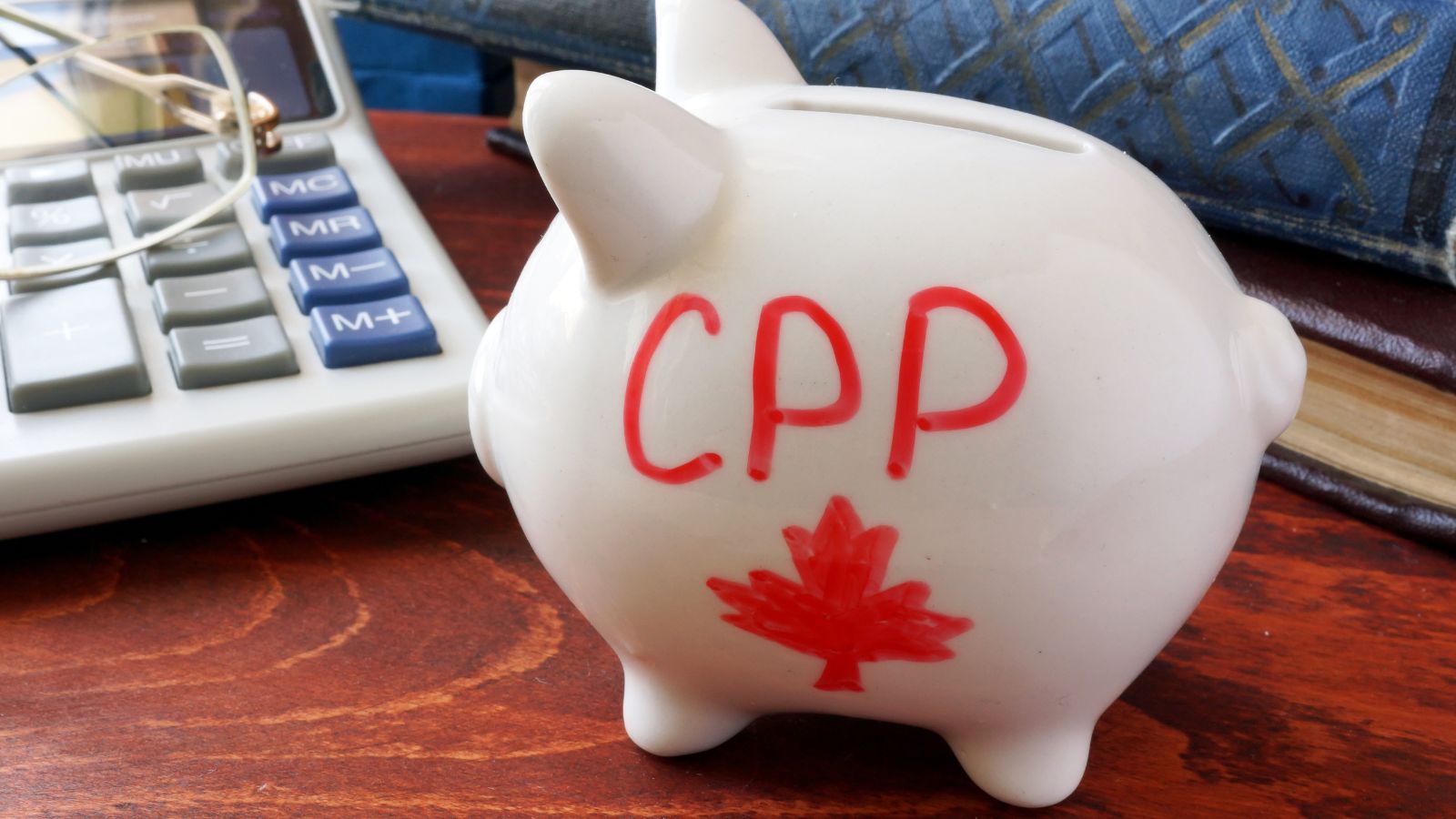
Many Canadians rush to claim CPP at the earliest age, fearing they might miss out. However, taking benefits early permanently reduces monthly payments. Deferring CPP until age 65 or even 70 significantly increases payouts. The best decision depends on health, life expectancy, and financial needs. Those with strong savings and good health may benefit from delaying, while someone with limited resources might need the income sooner. Blanket advice doesn’t work here; personal circumstances matter most. Evaluating the trade-offs carefully often reveals that patience pays off with larger, inflation-protected income streams later in life.
Your Portfolio Should Be 100% Conservative After Retirement

Conventional wisdom suggests moving entirely into bonds or GICs after retiring, but this strategy can be risky. With inflation eroding purchasing power, overly conservative portfolios may not generate enough growth to sustain decades of retirement. A balanced approach with equities, fixed income, and cash provides both security and growth potential. While risk tolerance naturally decreases with age, eliminating growth assets could mean running out of money too soon. A diversified mix tailored to withdrawals and long-term needs usually outperforms a “safety-only” approach.
Your Kids Will Inherit Most of Your Wealth

Many assume their estate will naturally flow to their children, but several factors can reduce inheritances significantly. Taxes on RRSP withdrawals, capital gains, probate fees, and long-term care costs can substantially shrink what’s left behind. Without proper estate planning, beneficiaries may receive far less than expected. Creating a will, using tax-efficient strategies, and considering tools like TFSAs or joint accounts can help maximize what loved ones inherit. Otherwise, government tax bills can consume a large portion. The myth of effortless wealth transfer often leads to complacency, when in reality, careful preparation is essential.
A TFSA Isn’t Useful for Retirement
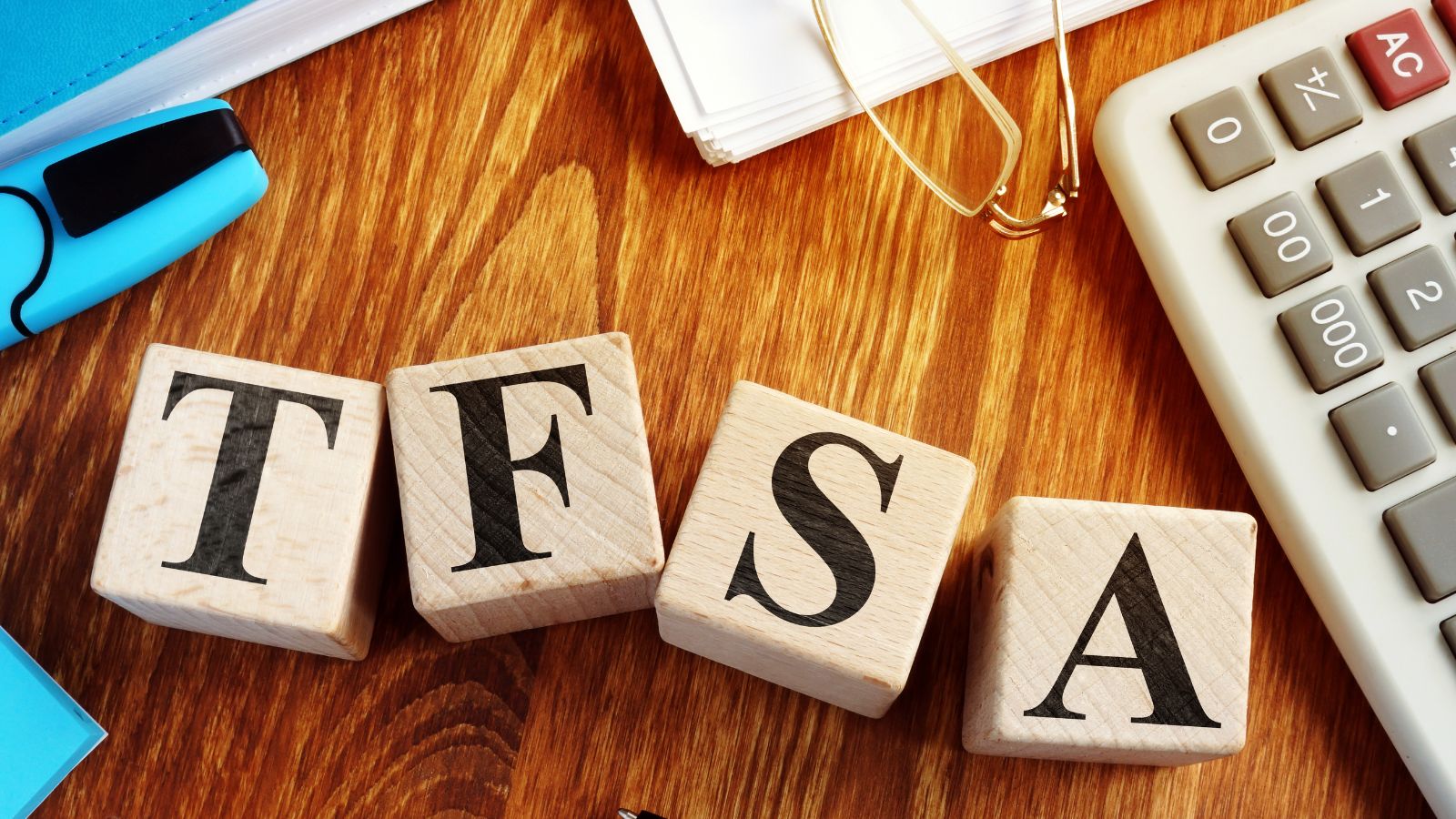
Some see the Tax-Free Savings Account (TFSA) as a minor tool compared to RRSPs, but that underestimates its potential. Contributions may be smaller, but withdrawals are entirely tax-free and do not affect OAS or GIS eligibility. Over decades, compounding inside a TFSA can create a substantial tax-free income stream. Retirees can use it strategically for large purchases, emergencies, or as a buffer during high-tax years. Its flexibility makes it one of the most powerful retirement tools, especially when used consistently. Dismissing it as secondary to RRSPs can mean missing out on significant long-term benefits.
You Can Rely on Your Home as Your Retirement Plan

Owning property is valuable, but assuming your house will finance retirement without issue can backfire. Real estate markets fluctuate, and selling at the wrong time may reduce expected returns. Downsizing or reverse mortgages come with additional costs and risks. Moreover, a home’s value isn’t liquid; it doesn’t pay bills unless converted to cash or debt. Treating property as a piece of the retirement puzzle makes sense, but depending on it exclusively is risky. A diversified retirement strategy ensures stability even if real estate values stagnate or personal housing plans don’t unfold as intended.
You’ll Automatically Be in a Lower Tax Bracket After Retirement
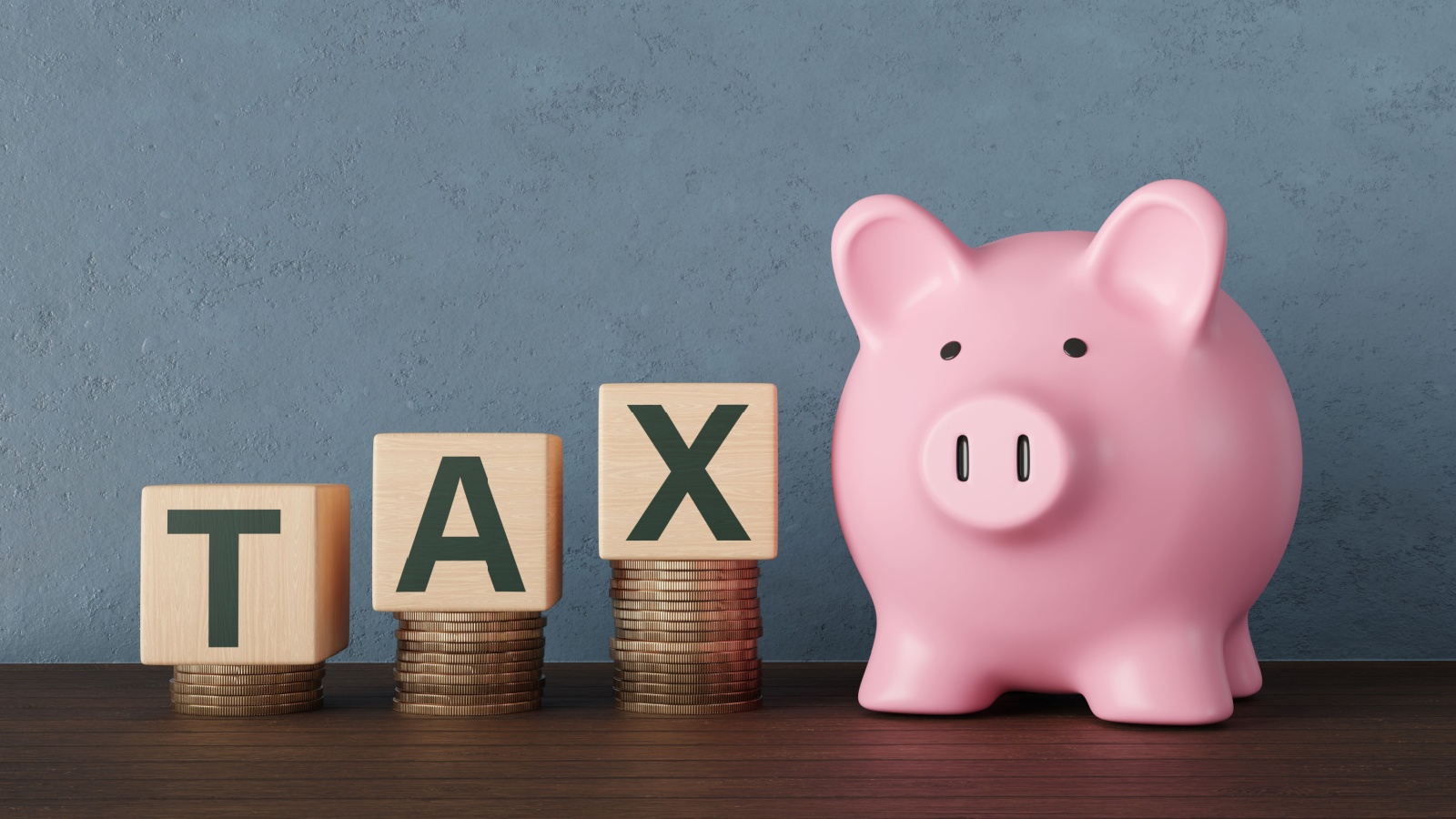
The idea that income naturally drops post-retirement doesn’t always hold true. With RRSP withdrawals, pensions, and investment income, many retirees find themselves in similar or even higher brackets, especially if they delay withdrawals until mandatory conversion at age 71. Poorly planned withdrawals can also trigger clawbacks on OAS or GIS. Effective tax planning, including early withdrawals, splitting income, and balancing between RRSPs and TFSAs, helps avoid unpleasant surprises. Assuming taxes will automatically be lower can lead to costly mistakes, so proactive strategies are critical for maximizing retirement income.
Healthcare Costs Won’t Be an Issue Because of Public Coverage

Canada’s healthcare system reduces many burdens, but it doesn’t eliminate them. Prescription drugs, dental care, vision care, long-term care facilities, and home health support often fall outside public coverage. These costs can be significant in later years. Private insurance or out-of-pocket payments frequently become necessary. Underestimating health expenses leads many retirees to run into budget pressures when care needs escalate. Building healthcare costs into long-term planning provides security, while assuming government coverage will handle everything creates financial vulnerability.
Inflation Won’t Affect You Much in Retirement

Some underestimate the impact of inflation, believing a fixed income will suffice. However, inflation gradually erodes purchasing power, especially over two or three decades. Even modest annual inflation can double living costs during retirement. For example, groceries, utilities, and travel costs may increase steadily, putting pressure on fixed pensions. Investments that include inflation-protected growth assets help maintain real value over time. Ignoring inflation can leave retirees struggling later in life, when flexibility to adjust income sources is limited.
Part-Time Work in Retirement Will Be Easy to Find

Many assume they’ll supplement income with flexible part-time jobs, but the reality can be tougher. Age discrimination, limited opportunities, and shifting job markets make finding suitable work more challenging than expected. While some retirees successfully transition into consulting, teaching, or seasonal roles, others struggle to secure meaningful or well-paying positions. Health limitations also affect availability. Counting on part-time work as a guaranteed income stream can backfire. Instead, it should be seen as a bonus option, not a core pillar of retirement planning.
A Company Pension Guarantees Financial Security
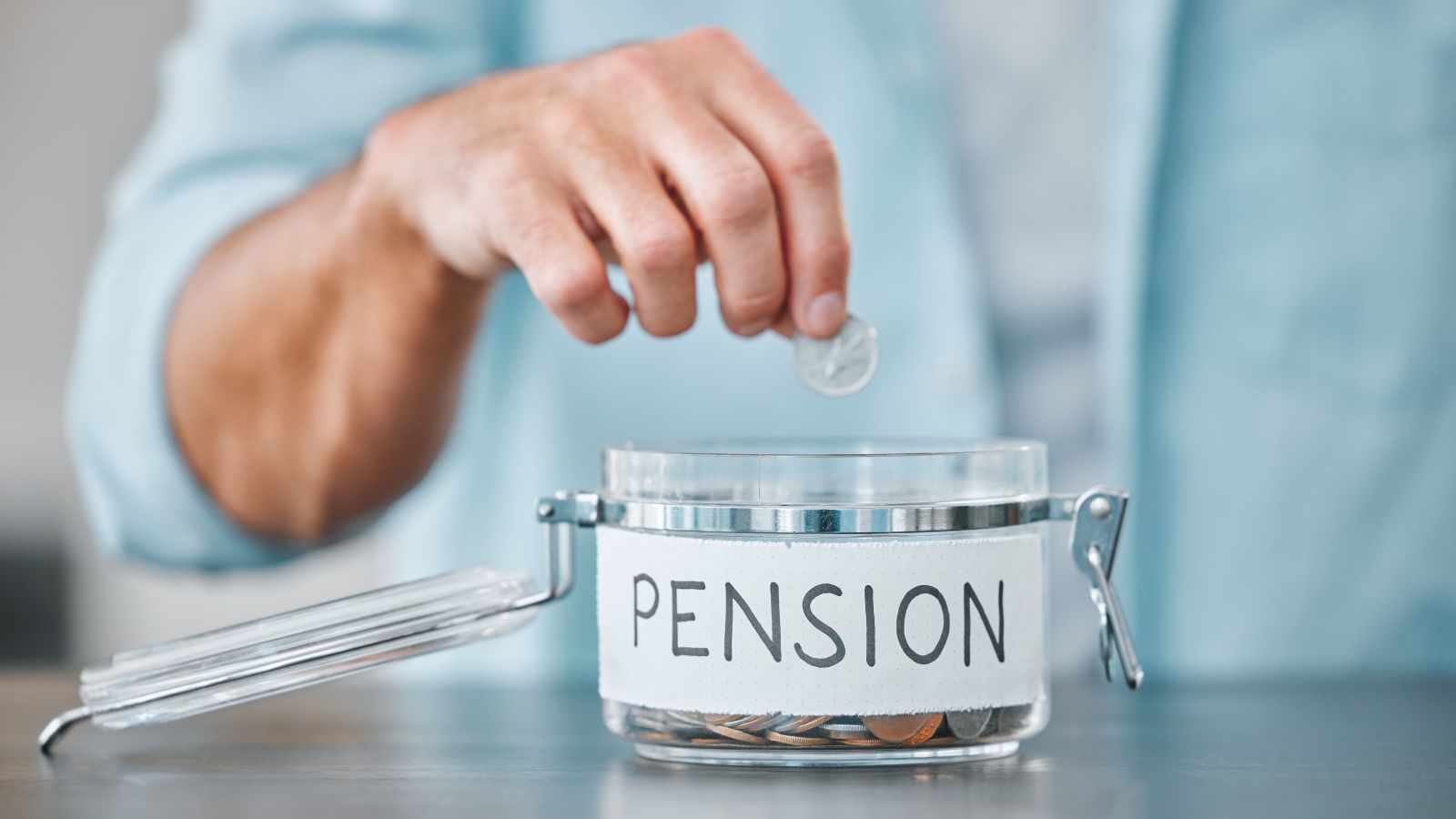
Defined benefit pensions provide stability, but assuming they cover everything without review is risky. Inflation adjustments may be limited, meaning purchasing power declines over time. Some pensions are not fully indexed, leaving retirees vulnerable to rising costs. In addition, companies occasionally face solvency issues, which can affect payouts. Dependence on a pension alone without supplementary savings overlooks potential gaps. A pension is a strong foundation, but pairing it with personal investments ensures long-term security.
Your Expenses Will Stay Consistent Throughout Retirement

Expenses don’t remain steady across decades. Early retirement years often bring higher discretionary spending on travel and hobbies, while later years see reduced activity but rising healthcare costs. Assuming spending patterns remain constant leads to inaccurate budgeting. A dynamic plan that adjusts for phases of retirement, active years, slower years, and potentially high-care years ensures savings match reality. Ignoring these natural shifts can create shortfalls when medical or support needs increase.
Government Programs Will Always Stay the Same

Public programs like CPP, OAS, and GIS are subject to legislative changes, demographic pressures, and budget realities. Assuming benefits will remain identical for decades is risky. Adjustments to eligibility ages, clawback thresholds, or payment formulas have occurred before and may happen again as Canada’s population ages. Building a retirement plan that relies too heavily on today’s government programs may leave gaps if future reforms reduce benefits. Private savings and flexible strategies provide a cushion against policy changes, ensuring stability even if government support evolves.
You Shouldn’t Invest After Retiring

Some retirees think investing stops the moment they leave the workforce. In reality, retirement may last 20 to 30 years, and funds must continue to grow to outpace inflation and withdrawals. Maintaining some level of investment exposure is essential. While risk tolerance decreases, withdrawing entirely from markets often leads to shortfalls. A properly managed portfolio balances growth with preservation, ensuring funds last over decades. Investment doesn’t end at retirement; it simply evolves into a more conservative, income-focused approach.
Your Employer Benefits Will Always Continue After Retirement
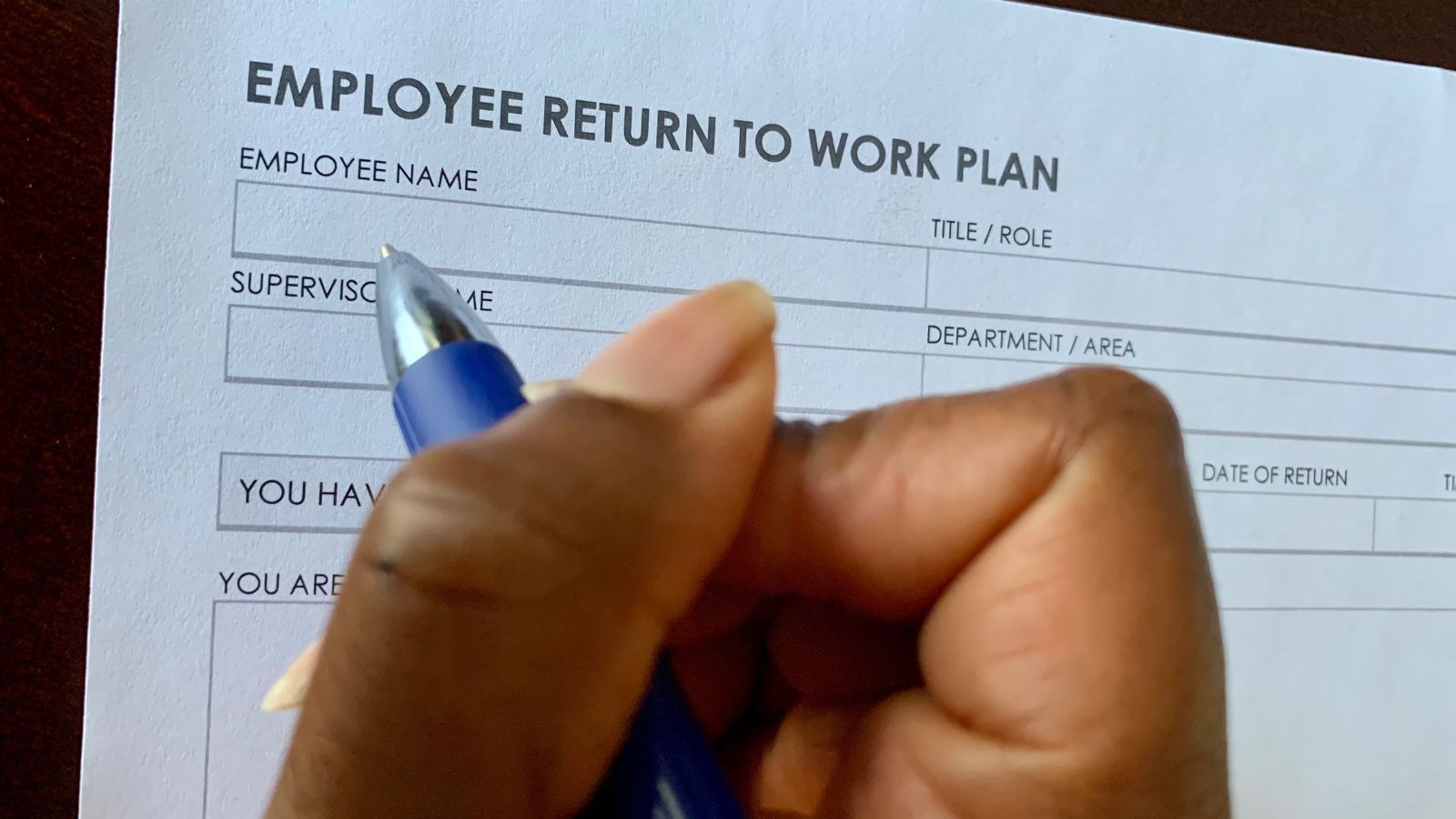
Many employees assume health or insurance benefits will carry over seamlessly, but in most cases, employer benefits end at retirement. Some companies offer limited retiree packages, but these are increasingly rare. Without alternatives, retirees may face unexpected medical and insurance costs. Transitioning to private plans or government programs becomes necessary. Assuming benefits remain intact can create sudden financial burdens. Understanding coverage and planning replacements before leaving the workforce avoids gaps.
Renting in Retirement Is Always Cheaper than Owning

Some believe selling property and renting will always reduce costs, but rising rental prices can make this assumption false. In cities with tight housing markets, rent may exceed mortgage-free homeownership expenses. While renting provides flexibility, it also introduces uncertainty since landlords can raise prices or end leases. Owning a paid-off home generally provides stability, even if maintenance costs exist. Renting can work for some retirees, particularly those valuing mobility, but it’s not inherently cheaper. Each option requires careful financial comparison rather than reliance on general assumptions.
Retirement Planning Is Only About Money

Financial preparation is vital, but retirement is also about lifestyle planning. Many retirees underestimate the importance of social connections, hobbies, and mental well-being. Without purpose and engagement, even those with ample funds may feel dissatisfied. Planning for community involvement, physical activity, and personal growth ensures retirement is fulfilling beyond the financial side. Neglecting the non-financial aspects can lead to boredom, isolation, or depression. A holistic approach combines financial security with meaningful activities, creating a more balanced and enjoyable retirement experience.
Your Retirement Plan Doesn’t Need Updating

Some people assume a one-time retirement plan is enough, but life rarely stays static. Market changes, inflation, personal health, and shifting family needs all affect retirement security. A plan made in your 50s may not fit reality in your 70s. Regular reviews allow for necessary adjustments, whether in withdrawal strategies, investment allocations, or lifestyle choices. Without updates, retirees risk sticking to outdated assumptions. Flexibility and ongoing reviews are critical to ensure retirement plans remain relevant over decades.
You Don’t Need Professional Advice for Retirement Planning

DIY retirement planning works for some, but many underestimate the complexity involved. Taxes, investments, estate planning, and government benefits interact in ways that can be difficult to optimize without guidance. Financial advisors or planners provide expertise that can uncover tax savings, prevent costly errors, and improve long-term outcomes. While fees may seem like an added expense, they often pay for themselves in efficiency and improved planning. Assuming professional help is unnecessary can leave gaps or lead to mistakes that impact retirement quality.
It’s Too Late to Start Saving if You’re Older

A common myth is that anyone who begins saving in their 40s, 50s, or even 60s is doomed to fall short. While starting earlier certainly helps, it’s never too late to improve financial security. Even modest savings can reduce reliance on debt or government programs. Catch-up contributions, delayed retirement, or part-time work can significantly boost stability. TFSAs and RRSPs remain useful tools, regardless of age. Minor adjustments can create meaningful improvements. Plus, believing it’s too late often leads to inaction, which is far more damaging than starting late but still building resilience.
21 Products Canadians Should Stockpile Before Tariffs Hit

If trade tensions escalate between Canada and the U.S., everyday essentials can suddenly disappear or skyrocket in price. Products like pantry basics and tech must-haves that depend on are deeply tied to cross-border supply chains and are likely to face various kinds of disruptions
21 Products Canadians Should Stockpile Before Tariffs Hit
